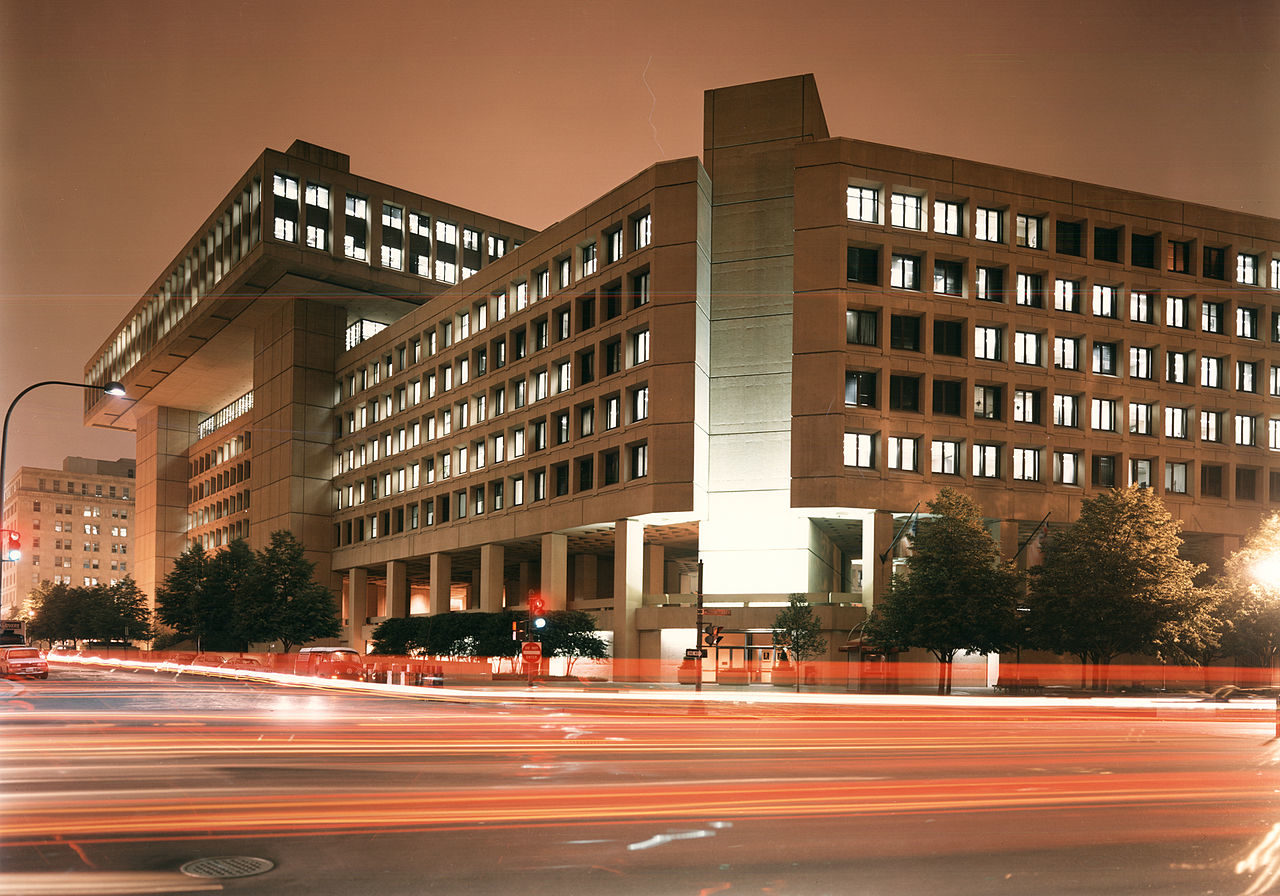‘Our Kids Carpooled Together’: How Old Friends In High Places Assembled The Russia Collusion Hoax
The indictment of Washington attorney Michael Sussman — accused of lying to the FBI in order to smear Donald Trump during the 2016 campaign — reveals the ace up the sleeve of high-powered Democrats. It’s a card they played time and again to advance the Trump-Russia conspiracy theory: friends in high places.
They used friends in law enforcement to launch secret investigations; they used friends in the federal government to broaden those investigations; and they used friends in the media to spread the word about Trump and his organization being under investigation.
Sussmann was a partner at the Washington law firm Perkins Coie in 2016, which represented the Democratic National Committee and Hillary Clinton’s campaign for president. But, according to the indictment handed down by Special Counsel John Durham last week, when he met with the FBI’s general counsel, James Baker, to allege that Trump was in cahoots with the Russians, Sussmann claimed he was representing another client. The indictment alleges this was false.
Securing a meeting with the FBI’s top lawyer can’t have been easy. But for Sussmann it was.
Not just anyone can call up the bureau’s general counsel and, with amorphous claims of conspiratorial criminality by a presidential candidate, promptly get a private sit-down. And yet that is exactly what Sussmann did. How? Because, as Baker told congressional investigators, Sussmann came to him “based on a preexisting relationship.”
In closed-door congressional testimony Oct. 18, 2018, Baker told lawmakers about Sussmann’s convoluted claim that a computer server at Trump Tower was in secret contact with a possible Russian government cutout, Alfa Bank. “So he was describing a – what appeared to be a surreptitious channel of communications – communication between some part of President Trump’s, I’ll say organization but it could be his businesses. I don’t mean like The Trump Organization, per se. I mean his enterprises with which he was associated. Some part of that and a – an organization associated with – a Russian organization associated with the Russian government,” and it was “conducted in a way so as to make it a covert communications channel.”
When Baker asked him how he came upon this information, Sussmann, according to Baker, said “that there were some cyber experts that somehow would come across this information and brought it somehow to his attention, and that they were alarmed at what it showed, and that, therefore, they wanted to bring it to the attention of the FBI.”
Asked for the names of the “experts,” Baker said, “I don’t think I ever found out who these experts were.”
“I just find that unbelievable,” Rep. Jim Jordan replied, “that the guy representing the Clinton campaign, the Democrat National Committee, shows up with information that says we got this, and you don’t ask where he got it, you didn’t know how he got it. But he got it from some, you know, quote, expert.”
Jordan asked Baker whether Sussmann ever mentioned he “may have got some of this information from the Democratic National Committee?”
“I am not sure what I knew about that at the time,” Baker said – a failure of memory that Sussmann’s lawyers are sure to take advantage of.
Baker suggested it was a mystery why Sussmann reached out to him – and then repeatedly made it clear exactly why Sussmann saw him as a possible collaborator. “I had a personal relationship with Michael,” Baker said, but “you’d have to ask him why he decided to pick me.”
“And so what you’re saying is you were the intermediary between Perkins Coie and the FBI because of your personal relationship with that attorney?” then-Rep. Mark Meadows asked.
“I believe so,” Baker answered – but he did so with the caveat: “You’d have to ask Michael why he came to me.” One plausible answer Sussmann could have given was that going to Baker was the best way to achieve his goal – after all, Baker did pass the information on to bureau investigators, and there would soon be stories in Slate and the New York Times telling of an FBI “probe” into Trump and Russia.
For his part, Sussmann told congressional investigators that when he met with Baker, he told him, “I wasn’t looking for the FBI to do anything. I had no ask. I had no requests.”
Sussmann wasn’t the only old friend feeding Russia conspiracy stories to James Baker. In the fall of 2016, another Washingtonian with the general counsel’s ear was David Corn, the Washington bureau chief of the left-wing magazine Mother Jones.
“David had part of what is now referred to as the Steele dossier and he talked to me about that and wanted to provide that to the FBI,” Baker told lawmakers. “And so, even though he was my friend, I was also an FBI official. He knew that. And so he wanted to somehow get that into the hands of the FBI.”
How did a Mother Jones reporter/columnist get chosen to drop a dime on Trump with the FBI?
Read More Here: The Federalist





